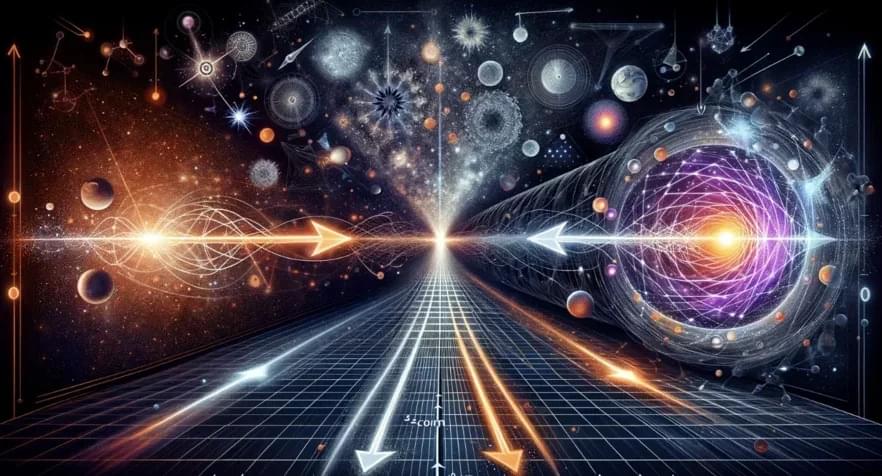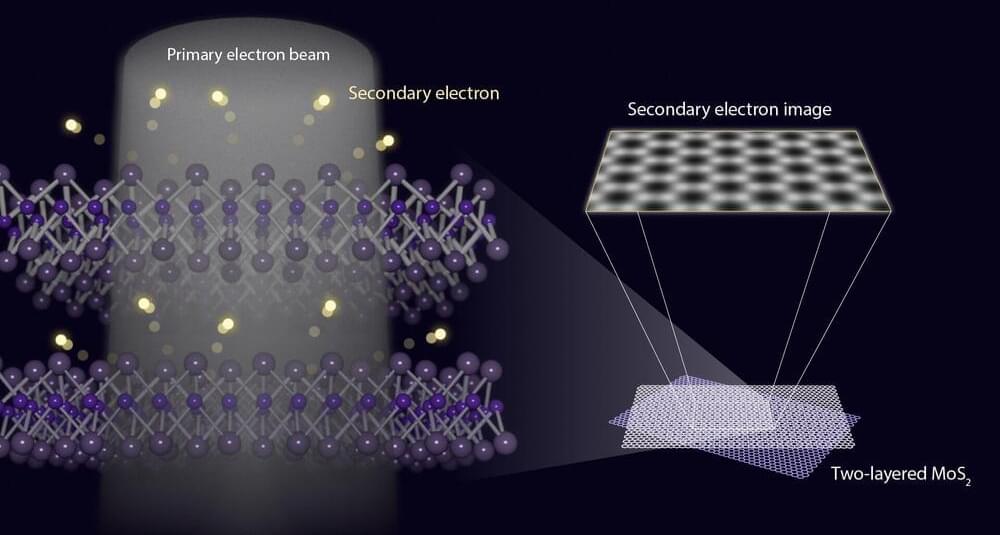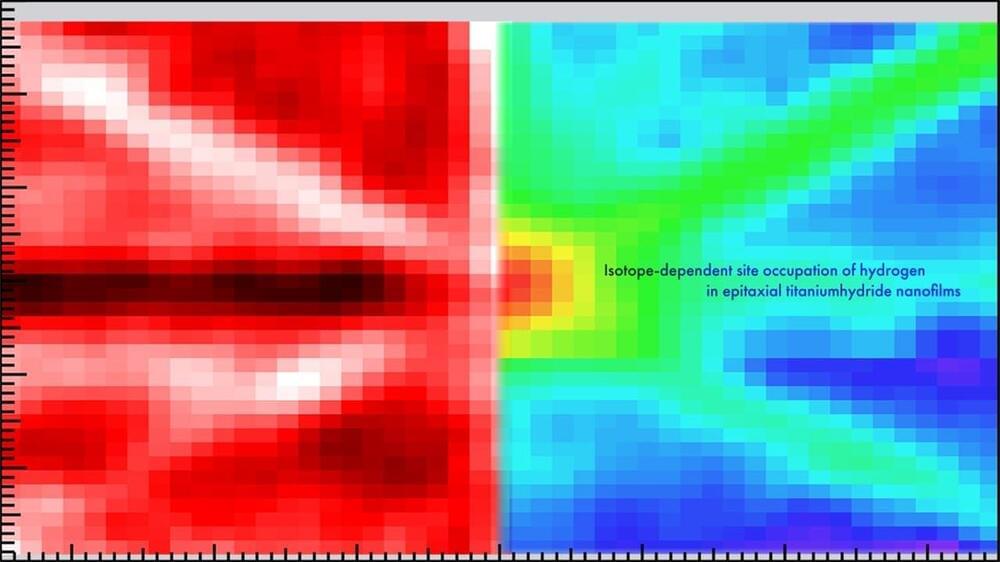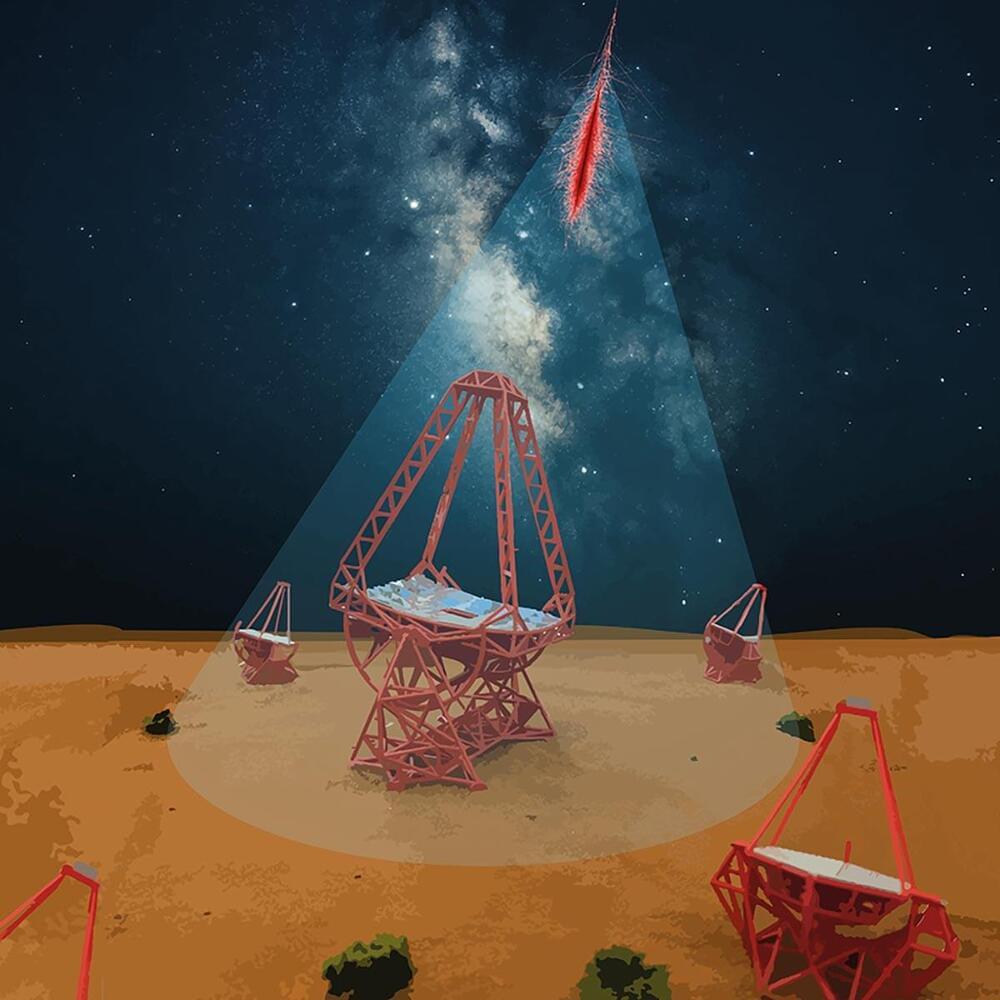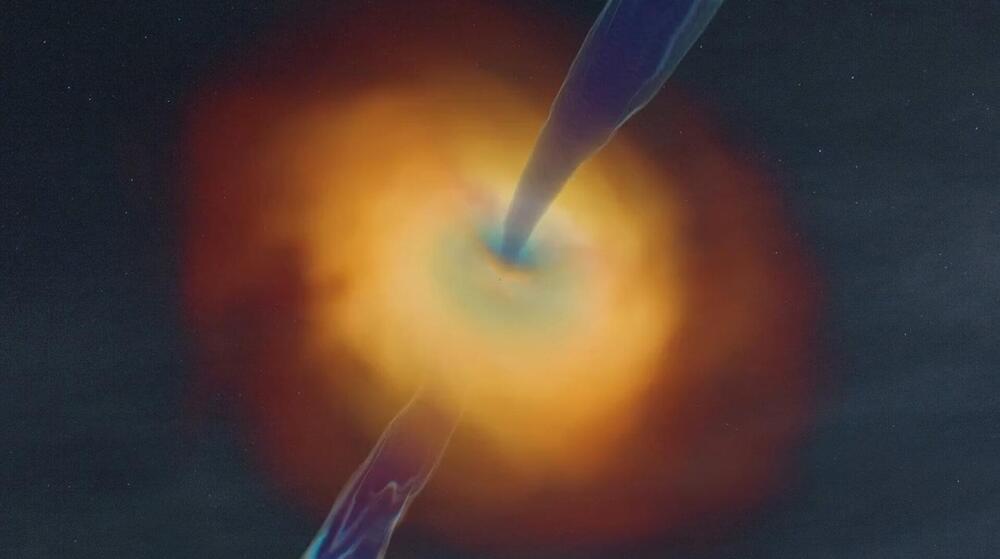Imagine a thread so thin it’s invisible to the naked eye but packed with the mass of thousands of stars. This isn’t science fiction—it’s the theoretical description of cosmic strings, structures that may hold answers to the Universe’s greatest mysteries. If confirmed, researchers believe these theoretical strings could unlock the key to time travel.
Cosmic strings, if they exist, are thought to be incredibly slender. Some say they’d be long tubes, either stretching infinitely or looping back on themselves. Despite their thinness, a cosmic string’s mass could rival tens of thousands of stars, and it would gradually shrink over time, radiating gravitational waves as it “wiggles.”
Physicists have proposed two types of cosmic strings thus far. The first, “cosmic superstrings,” stems from string theory, a framework suggesting the Universe’s fundamental particles are vibrating strings. Superstrings could be stretched across the cosmos, providing clues about the fabric of reality and possibly holding the key to time travel, too.

